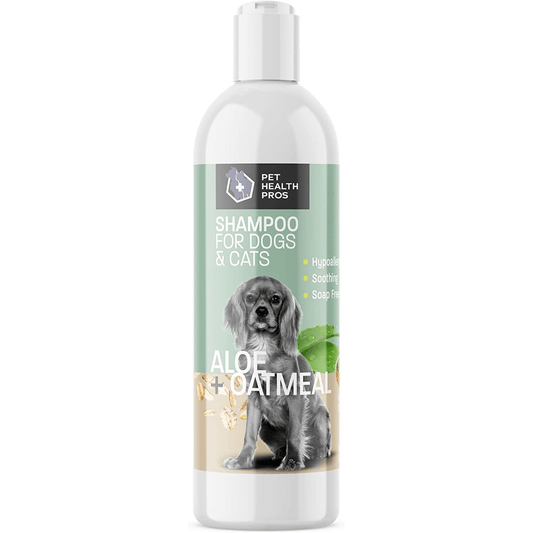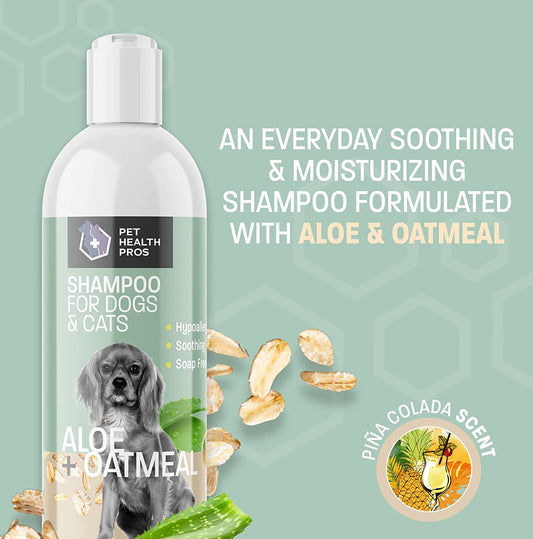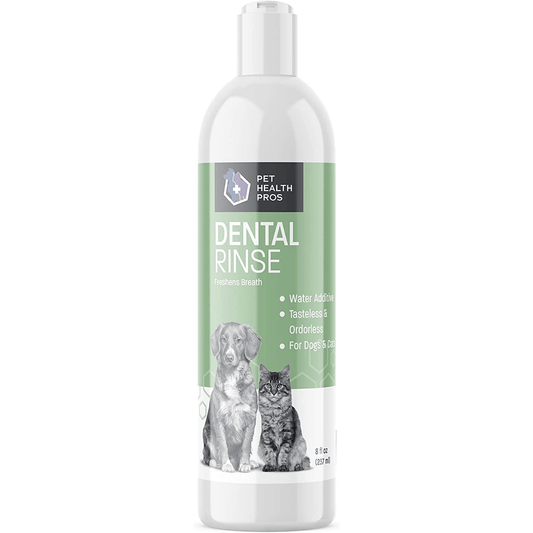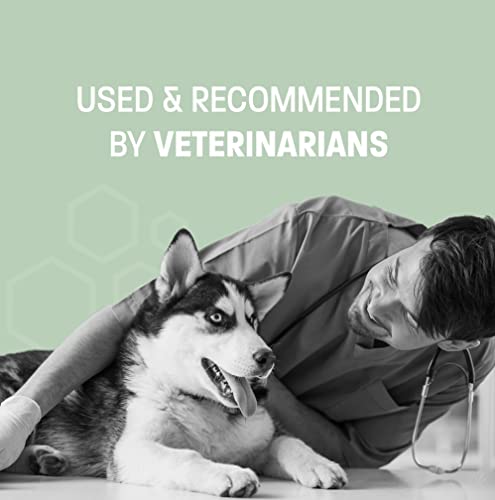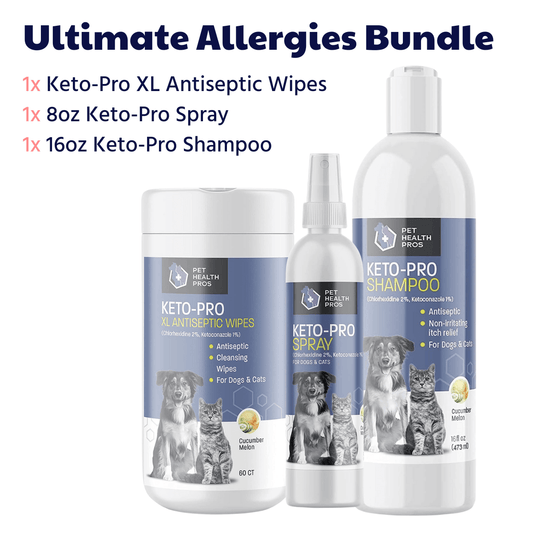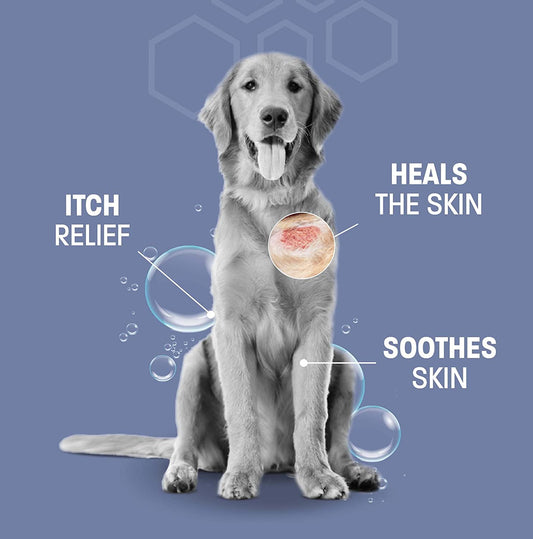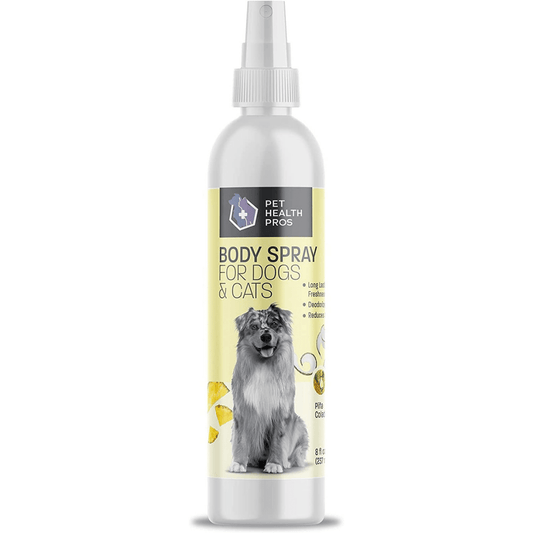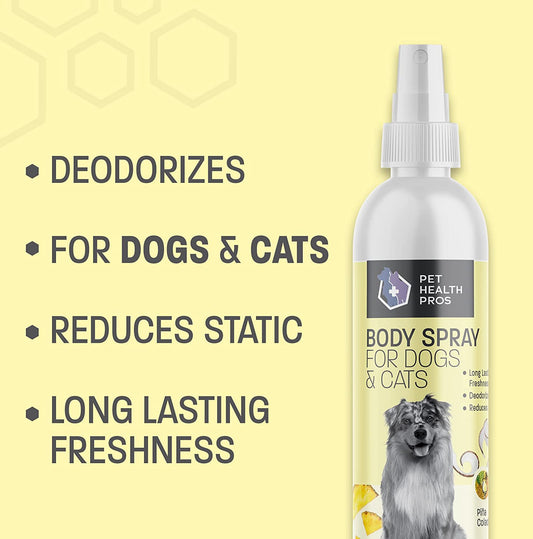Choosing the best dog chewing repellent is crucial for pet owners who want to protect their belongings and ensure their dog's safety. With numerous options available, it's essential to understand the ingredients, application methods, and overall effectiveness of these products. This article will guide you through the key factors to consider when selecting a dog chewing repellent, helping you make an informed decision that benefits both you and your furry friend.
Key Takeaways
- Understanding the reasons behind your dog's chewing behavior can help you choose the most effective repellent.
- Look for repellents with safe and effective ingredients, whether natural or synthetic.
- Proper application techniques are essential for the repellent to work effectively.
- Customer reviews and veterinarian recommendations can provide valuable insights into the effectiveness of different repellents.
- Complementing the use of repellents with proper training and a balanced diet can significantly reduce unwanted chewing behavior.
Understanding the Need for Dog Chewing Repellent
Common Reasons Dogs Chew
Dogs chew for various reasons, including teething, boredom, anxiety, and natural instinct. Understanding these reasons can help in choosing the right repellent. Puppies, for instance, chew to relieve the discomfort of teething, while adult dogs might chew to keep their teeth clean or to alleviate stress.
Potential Risks of Unchecked Chewing
Unchecked chewing can lead to several risks, such as damage to household items, potential ingestion of harmful substances, and dental issues. Preventing these risks is crucial for maintaining a safe environment for your dog and your home.
Benefits of Using a Chewing Repellent
Using a chewing repellent can provide numerous benefits, including protecting your belongings, promoting better dental health, and reducing stress-related chewing behaviors. Additionally, repellents can be a part of a comprehensive training strategy to encourage positive behavior in dogs.
A well-chosen chewing repellent can be a valuable tool in managing your dog's chewing habits, ensuring both their safety and the preservation of your home.
Key Ingredients to Look for in a Dog Chewing Repellent
When selecting a dog chewing repellent, it's essential to understand the ingredients that make these products effective and safe for your pet. Choosing the right ingredients can significantly impact the repellent's effectiveness and safety.
How to Apply Dog Chewing Repellent Effectively
Applying dog chewing repellent correctly is crucial for its success. Proper application ensures that the repellent works as intended, deterring your dog from chewing on unwanted items. Here are some steps to help you apply dog chewing repellent effectively.
Preparing the Area
Before applying the repellent, make sure the area is clean and dry. This helps the repellent adhere better and last longer. Remove any dirt, dust, or debris from the surface. If you're applying it to furniture, consider testing a small, inconspicuous area first to ensure it doesn't cause any damage.
Application Techniques
When applying the repellent, follow the instructions on the product label. Generally, you should spray or apply a thin layer of the repellent evenly over the area you want to protect. For sprays, hold the bottle about 6-12 inches away from the surface. For gels or creams, use a cloth or your fingers to spread it evenly. Be thorough but avoid over-saturating the area.
Frequency of Reapplication
The effectiveness of the repellent can diminish over time, especially if the area gets wet or is frequently touched. Reapply the repellent as recommended by the manufacturer, which is usually every few days to a week. Consistent reapplication is key to maintaining its effectiveness and ensuring your dog stays deterred from chewing.
Consistency is crucial when using dog chewing repellents. Regular reapplication and proper initial application can make a significant difference in preventing destructive chewing behavior.
Evaluating the Effectiveness of Different Dog Chewing Repellents
Customer Reviews and Testimonials
Customer reviews and testimonials are invaluable when assessing the effectiveness of dog chewing repellents. Reading firsthand experiences from other pet owners can provide insights into how well a product works in real-life scenarios. Look for patterns in the feedback, such as common praises or complaints, to gauge overall satisfaction.
Veterinarian Recommendations
Veterinarian recommendations carry significant weight in evaluating dog chewing repellents. Veterinarians often have extensive experience with various products and can offer professional advice on what works best. Consulting with your vet can help you choose a repellent that is both effective and safe for your pet.
Comparative Studies and Trials
Comparative studies and trials provide a scientific basis for evaluating the effectiveness of different dog chewing repellents. These studies often compare multiple products under controlled conditions to determine which ones perform best. Look for studies published in reputable journals or conducted by trusted organizations to ensure the information is reliable.
Chewing is a natural behaviour for dogs, but sometimes it can be destructive. Here's how to stop a dog from chewing your furniture and shoes.
DIY Dog Chewing Repellent Options
Common Household Ingredients
Many household items can be used to create effective dog chewing repellents. Vinegar and citrus are popular choices due to their strong scents, which dogs typically dislike. Other options include cayenne pepper and essential oils like eucalyptus or peppermint.
Simple Recipes to Try
Creating your own dog chewing repellent is straightforward. Here are a few simple recipes:
- Vinegar Spray: Mix equal parts of white vinegar and water in a spray bottle. Shake well before use.
- Citrus Spray: Combine the juice of one lemon with two cups of water. Add a few drops of lemon essential oil for extra potency.
- Cayenne Pepper Mix: Mix one tablespoon of cayenne pepper with one cup of water. Be cautious with this mixture as it can irritate your dog's skin and eyes.
Pros and Cons of DIY Solutions
DIY dog chewing repellents have their advantages and disadvantages. On the plus side, they are cost-effective and made from natural ingredients. However, their effectiveness can vary, and some dogs may not be deterred by certain scents. Additionally, homemade solutions may require more frequent application compared to commercial products.
When using DIY repellents, always monitor your dog's reaction to ensure they are not experiencing any adverse effects.
Training Tips to Complement Dog Chewing Repellent Use
Using a dog chewing repellent can be highly effective, but combining it with proper training techniques can yield even better results. Here are some training tips to complement the use of chewing repellents.
Positive Reinforcement Techniques
Positive reinforcement is a powerful tool in training your dog. Reward your dog with treats, praise, or playtime whenever they choose appropriate items to chew on instead of forbidden ones. Consistency is key to making this method work effectively.
Consistency and Patience
Training a dog requires a lot of patience and consistency. Make sure everyone in the household is on the same page regarding what is allowed and what isn't. This unified approach helps in reinforcing the desired behavior more effectively.
When to Seek Professional Help
If you find that your dog continues to chew on inappropriate items despite your best efforts, it may be time to seek professional help. A pet behaviorist or a professional trainer can offer specialized guidance tailored to your dog's needs.
Combining training with the use of a dog chewing repellent can significantly improve the chances of curbing unwanted chewing behavior. Remember, patience and consistency are your best allies in this journey.
Understanding the Role of Diet and Nutrition in Chewing Behavior
Nutritional Deficiencies and Chewing
Dogs need a diet that provides them with the right balance of protein, carbohydrates, fats, vitamins, and minerals. Protein is particularly important for muscle development and overall health. When dogs lack essential nutrients, they may resort to chewing as a way to compensate for these deficiencies. This behavior can be a sign that their current diet is not meeting their nutritional needs.
Choosing the Right Chew Toys
Providing appropriate chew toys can help satisfy a dog's natural urge to chew while also promoting dental health. Chew toys should be durable, safe, and suitable for the dog's size and chewing strength. Natural rubber and nylon are popular materials for chew toys. It's important to regularly inspect these toys for wear and tear to prevent any potential hazards.
Balancing Diet and Behavioral Training
A well-balanced diet combined with consistent behavioral training can significantly reduce unwanted chewing behavior. Training should focus on positive reinforcement techniques to encourage good behavior. Additionally, ensuring that the dog's diet is rich in essential nutrients can help mitigate the urge to chew on inappropriate items.
A holistic approach that includes proper nutrition and training can lead to a happier and healthier pet.
Understanding the role of diet and nutrition in chewing behavior is crucial for maintaining your pet's overall health. A balanced diet not only supports dental health but also influences your pet's chewing habits. For more insights and to explore our range of pet health products, visit our website today.
Conclusion
Choosing the best dog chewing repellent is a crucial step in ensuring the well-being and happiness of your pet. By considering factors such as ingredient quality, effectiveness, safety, and expert recommendations, you can make an informed decision that benefits both you and your furry friend. At Pet Health Pros, we are committed to providing superior, affordable pet health supplies crafted in collaboration with veterinarians and made with top-grade, locally sourced ingredients. Our products are backed by a 100% satisfaction guarantee, reflecting our dedication to the health and happiness of pets. With over fifty years of combined experience in Veterinary Medicine and Animal Health Management, our knowledgeable and empathetic team is here to support you in making the best choices for your pet. Trust Pet Health Pros for expert care and innovative solutions that cater to the evolving needs of pets and their owners.
Frequently Asked Questions
What are the common reasons dogs chew?
Dogs chew for various reasons, including teething, boredom, anxiety, and natural instinct. Chewing helps alleviate discomfort, provides mental stimulation, and can be a way for dogs to explore their environment.
Are dog chewing repellents safe for my pet?
Most dog chewing repellents are safe when used as directed. It's important to choose products made with pet-safe ingredients and to follow the manufacturer's instructions. Always monitor your dog after application to ensure there are no adverse reactions.
How often should I reapply dog chewing repellent?
The frequency of reapplication depends on the specific product and the severity of the chewing behavior. Generally, reapplication may be needed every few days or after the repellent wears off. Always refer to the product's guidelines for the best results.
Can I make a DIY dog chewing repellent at home?
Yes, there are several DIY dog chewing repellent recipes that use common household ingredients like vinegar, citrus, and essential oils. However, it's crucial to ensure that any DIY solution is safe for pets and to test a small area first to avoid any adverse reactions.
What should I do if the chewing behavior persists despite using a repellent?
If your dog's chewing behavior continues despite using a repellent, consider consulting a veterinarian or a professional dog trainer. Persistent chewing may indicate underlying issues such as anxiety, nutritional deficiencies, or behavioral problems that need to be addressed.
How can I complement the use of dog chewing repellent with training?
Combining the use of dog chewing repellent with positive reinforcement training can be highly effective. Reward your dog for chewing appropriate items and consistently redirect them from forbidden areas. Patience and consistency are key to modifying your dog's behavior.


